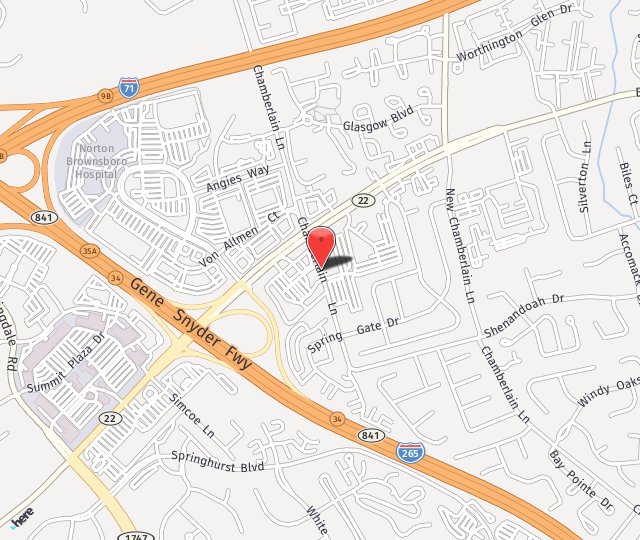Written on December 27, 2021, Dr. Salzman’s latest article is published in the world’s most authoritative Plastic Surgery Journal. It received the Editors Choice for the January issue.
Study Confirms High Prevalence of Rupture of Silicone Gel Breast Implants
Study Findings: More Than One in 10 Women Have a “Silent Rupture”
Clinical data from a study of 584 women with current types of silicone gel breast implants in place for 3 to 20 years showed that 10.6% had an implant rupture they were unaware of. Also, this first-ever survey report of women’s feelings and attitudes about silent rupture of their silicone gel implants showed they have significant concerns and anxiety about rupture.
The surveys showed that 99.5 percent of women would like to know whether their silicone gel implant is ruptured, and that 95.2 percent want the ruptured implant removed.
The 584 women who had high-resolution ultrasound (HRUS) scans of their silicone gel breast implants said they have a variety of concerns and feel anxious about having a silent rupture. While silent ruptures are out of sight to surgeons and women, ruptures are not out of mind to women, based on their survey responses.
Silicone gel tends to remain within the capsular scar tissue if the implant shell ruptures, which maintains the volume of the breast. This is why patients are not aware that an implant has ruptured, and why it is called a “silent rupture.” A ruptured implant may remain undiscovered for years and only found through an abnormal mammogram, lump, pain or capsular contracture.
This study showed a 10.6% incidence of silent rupture among women with silicone gel implants implanted for 3 to 20 years, and the rate of prevalence directly correlated to the length of time implanted. This is consistent with FDA clinical trial findings of a 7%-24% risk of silicone gel implant rupture over 10 years. Publicly-available statistics compiled by plastic surgery organizations show that over 3 million women in the U.S. have silicone gel implants, so this study data indicates that over 300,000 women in the U.S. may have silent ruptures that they are unaware of.
The research and survey data are published in an article by Marc J. Salzman, M.D. in the January 2022 issue of Plastic and Reconstructive Surgery.
Until September 2020, the U.S. Food and Drug Administration recommended magnetic resonance imaging (MRI) scans of silicone gel implants every 2 years to screen for silent rupture. The high cost and inconvenience of MRI scans meant that less than five percent of women complied. FDA now recommends either MRI or HRUS scans every 5-6 years then every 2-3 years thereafter to screen for silent rupture. Ultrasound scans are low cost and convenient, so compliance is expected to be higher. Over 86% of the women in this study indicated that they would get HRUS scans to screen for silent rupture every 1-2 years, which is more frequent than the FDA recommendation and indicates their concern about having an undetected rupture of their silicone gel implants.
Women can avoid the risk of silent rupture and the need for ultrasound scans to monitor for rupture by choosing a saline-filled implant, so they can detect a rupture by simply looking in the mirror. One type of saline-filled implant had a lower risk of rupture than silicone gel implants over 10 years in FDA clinical trials. If a ruptured silicone gel implant were removed, 34.2% of the women in this study indicated that they would consider replacing it with a saline-filled implant.
A Video Discussion by Amy Colwell, M.D., accompanies the article in Plastic and Reconstructive Surgery. Go to PRSJournal.com and click on “Video Discussions” in the “Digital Media” tab.
About Marc J. Salzman, M.D. – Dr. Salzman is a Board Certified plastic surgeon practicing in Louisville, Kentucky, Assistant Clinical Professor of Plastic Surgery at the University of Louisville, and past-president of the Kentucky Society of Plastic Surgeons. He was one of the first U.S. plastic surgeons to use ultrasound scans to evaluate breast implants and has scanned thousands of breast implants since 2012. Dr. Salzman has been a lecturer and instructor at numerous courses teaching plastic surgeons how to use ultrasound scans to evaluate breast implants.
Ideal implant Incorporated provided financial support for this study.

